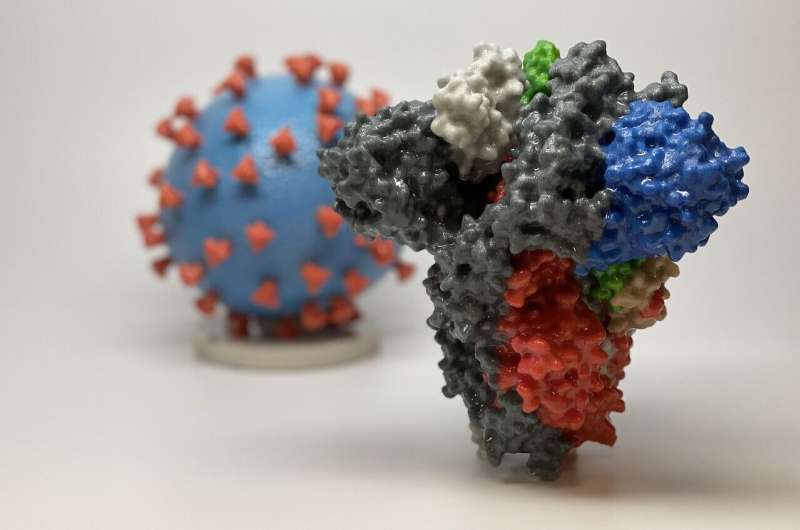A mathematical framework could help safely ease social distancing

A new mathematical framework that mimics the spread of a virus using mobile phone technology could lead to safer and more effective easing of social distancing.
"Safe Blues" exchanges anonymous digital 'tokens' between phones, acting like a contagious disease spreading in the population, allowing policymakers to see how policy adjustments work in real time.
Seven weeks ago, University of Queensland Associate Professor Yoni Nazarathy and colleagues from Cornell, MIT, and Melbourne University decided to join the battle against COVID-19.
"Armed with mathematics, statistics, programming skills, and a general desire for fighting the virus, we started to think about where we could be useful," Associate Professor Nazarathy said.
"After all, a key part of the battle against COVID-19 relies on data, measurements, modeling, and computations.
"We soon realized that COVID-19 is not the only issue—the economic and social effects of social distancing must also be addressed.
"This doesn't mean that social distancing measures shouldn't be imposed—far from it—it just means that the battle against COVID-19 includes understanding exactly when we need to start transitioning to more business-as-usual-type arrangements.
"We developed a framework that can help us do just that, while protecting privacy."
Via Bluetooth, Safe Blues allows for the distribution of these anonymous digital 'tokens' as users of whichever app it's linked to pass and interact.
"This allows us to see how a 'virus' is traveling through our community," Dr. Nazarathy said.
"We can add Safe Blues to existing apps quite easily and we've made the protocol and the machine learning techniques public."
The framework would allow policy makers to quickly see how tweaks to social distancing policy are affecting COVID-19 spread and act accordingly.
"The spread of these tokens helps public health authorities see how the population is progressing," Dr. Nazarathy said.
"They can then modify social distancing rules; rule changes which will increasingly occur in the months to come.
"We hope to see Safe Blues adopted in several countries with all the (anonymized) aggregated information available both to government and researchers in an open manner.
"Researchers that are advising government have already shown interest in Australia, France, Finland, Uruguay, Argentina, and Slovakia."
The project is an international collaboration between UQ, Massachusetts Institute of Technology, Cornell University and the University of Melbourne via ACEMS.
Information about Safe Blues has been published on the framework's website.




















